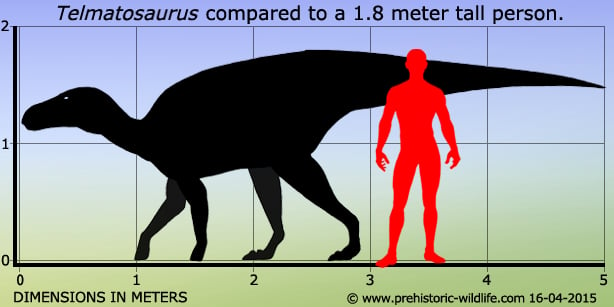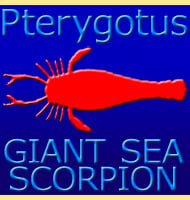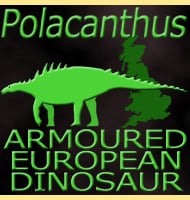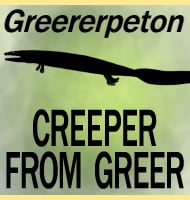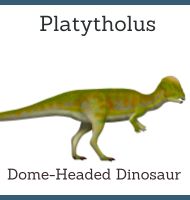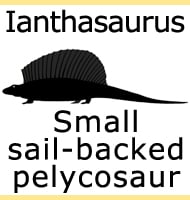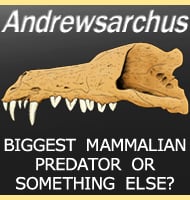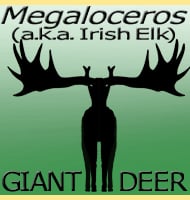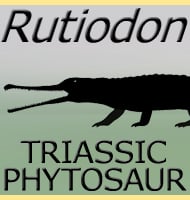In Depth
Telmatosaurus was originally named as Limnosaurus transsylvanicus, however after this naming in transpired that the genus name Limnosaurus had already been used by the American palaeontologist Othniel Charles Marsh to name a crocodile (later it would actually be declared a synonym of Pristichampsus). The original name came about from the popular idea of the time that hadrosaurids like Telmatosaurus foraged for soft plants in swamps, though later discoveries and more modern analysis has now cast serious doubts upon the idea that hadrosaurids like Telmatosaurus only lived in swamps.
Unaware of the name change, another American palaeontologist named Barnum Brown established Hecatasaurus, though today this exists only as a synonym to Telmatosaurus. In addition, Telmatosaurus was temporarily assigned as a synonym to the dinosaur genus Orthomerus, though later Orthomerus was established as a nomen dubium (a genus name founded upon poor quality fossil remains that are hard to identify and attribute to further remains), something that saw Telmatosaurus resurrected as a distinct genus.
Telmatosaurus was one of the dinosaurs that lived upon Hateg Island, a late Cretaceous island that would one day go on to form the Hateg Basin of Romania. Many of the dinosaurs of Hateg Island grew smaller through a process called insular dwarfism. In the simplest terms, they grew smaller so that they did not need to eat so much food to fuel their bodies, and so they could continue to thrive upon the limited amounts of resources. Telmatosaurus itself also seems to have grown smaller through this process since it only attained a length of around five meters. Other hadrosaurids in other parts of the world and living upon larger land masses comfortably attained sizes around the nine to ten meter long range, with many genera exceeding even this.
Growing to larger sizes may have given them a degree of protection from predators in reducing the kinds that could be a threat, but so far Hateg Island has a distinct lack of large theropod dinosaurs such as the large tyrannosaurs of Asia and North America, or the abelisaurs of South America and Africa. Danger still existed on Hateg Island however with one good example being the dromaeosaur Balaur. Although only around two meters long itself, Balaur had four sickle claws instead of the usual dromaeosaurid two, and legs adapted for delivering powerful strikes. A healthy adult Telmatosaurus may have still been a difficult target for such a dinosaur, but smaller juveniles as well as sick or injured adults would have been at risk.
Further Reading
– Telmatosaurus, new name for the dinosaur Limnosaurus. – Geological Magazine, decade 4 10:94-95. – B. F. Nopcsa – 1903. – Telmatosaurus and the other hadrosaurids of the Cretaceous European Archipelago. An overview. – Natura Nascosta 32: 1-55. – F. M. Dalla Vecchia – 2006.- A dinosaurian facial deformity and the first occurrence of ameloblastoma in the fossil record. – Scientific reports. – M. D. Dumbravă, B. M. Rothschild, D. B. Weishampel, Z. Csiki-Sava, R. A. Andrei, K. A. Acheson & V. A. Codrea – 2016.
